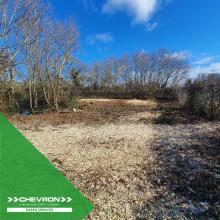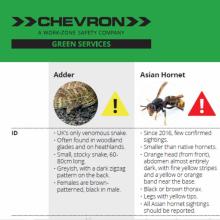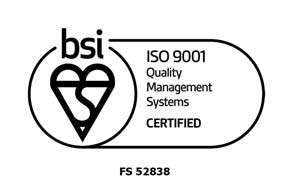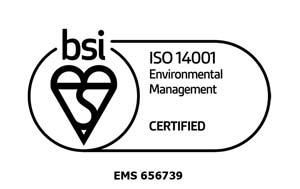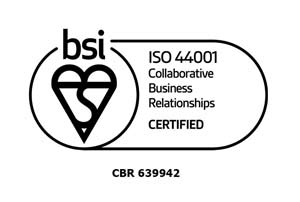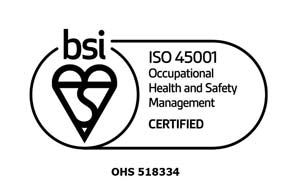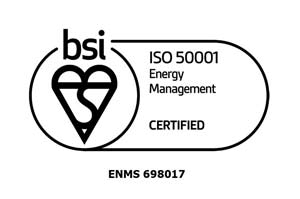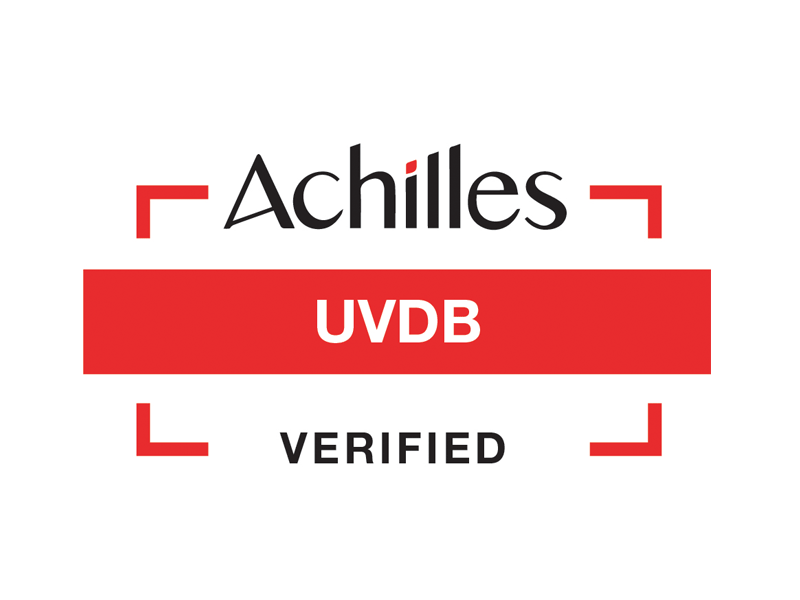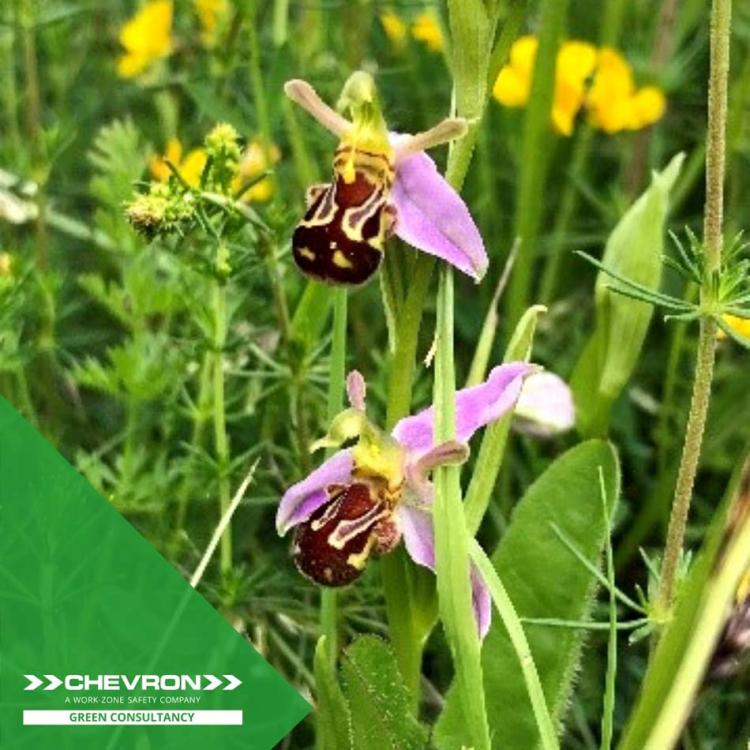
Wildflower surveys carried out along the M40 corridor have identified 43 areas of calcareous grasslands which are rich with invertebrate life, including the small blue Cupido Minimus butterfly.
The surveys, which were conducted by Chevron Green Consultancy (CGC) on behalf of EGIS Group and UK Highways M40 Ltd. who together maintain and manage the motorway, examined 64 areas between Junctions 1 and 15 in June and July 2022 to distinguish the species richness of each area and to classify their habitat.
Of the 64 areas, 43 area were classified as calcareous grassland, with 24 of these areas classified as semi-improved calcareous grassland.
As Ruth Frith, Environmental Manager for CGC, explains: “These wildflower surveys are so important to help us protect, preserve and improvement our environment and our wildlife.
Calcareous grassland is a Habitat of Principle Importance as listed under Section 41 of the Natural Environment and Rural Communities (NERC) Act 2006 and the Oxfordshire Biodiversity Action Plan (BAP). It is a habitat which is extremely suitable for invertebrates, including scare butterfly species such as the Adonis Blue Lysandra Bellargus and the Duke of Burgundy Fritillary Hamaeris Lucina2.
Unfortunately, more than 80% of our chalk grassland has been lost since the 1940’s, mainly due to changes in land use and grassland management which can prevent plants from flowering and seeding and contribute to the loss of species-rich grasslands and priority habitats.”
The survey found that two thirds of the areas surveyed have been classified as calcareous grassland, with 37% of these areas classified as semi-improved, which is really positive.
Some of the plots surveyed proved to be extremely species-rich, recording between 17 species per m2 and 36 species per m2. Considering that species-rich calcareous or neutral grasslands typically support 12 or more species/ m2, these recordings are excellent.
Some key calcareous grassland indicator species found on the M40 included the Bee Orchid, Common Spotted Orchid, Pyramidal Orchid, Yellow Wort, Kidney Vetch and Salad Burnet.
It was also noted that the grasslands were rich with invertebrate life, including the small blue butterfly which is a Species of Principal Importance under the NERC Act 2006 and is a UK BAP priority species.
The survey ultimately recorded a notably high number of calcareous grasslands for the M40 corridor which demonstrates that current management practices are encouraging this type of grassland to flourish.
Richard Woodhouse, Operations Manager, EGIS Group, comments: “EGIS Group understands the needs of our communities and we create solutions that improve them while fighting climate change and protecting our planet’s precious resources. The wildlife survey which we commissioned on the M40 corridor is a great example of how we are working in the Oxfordshire area to protect important biodiversity. The results presented by Chevron Green’s Survey are extremely encouraging and show how we can make a real difference to protecting our environment.”

